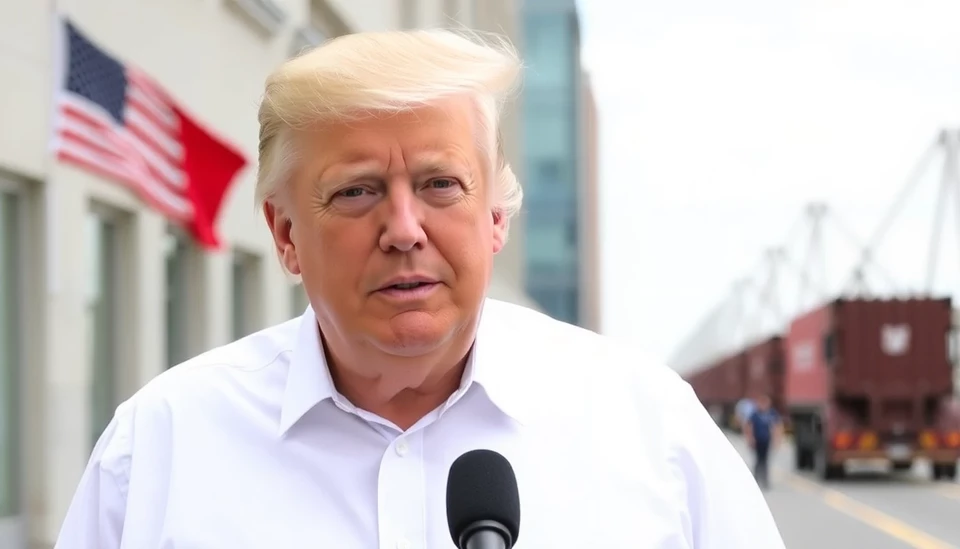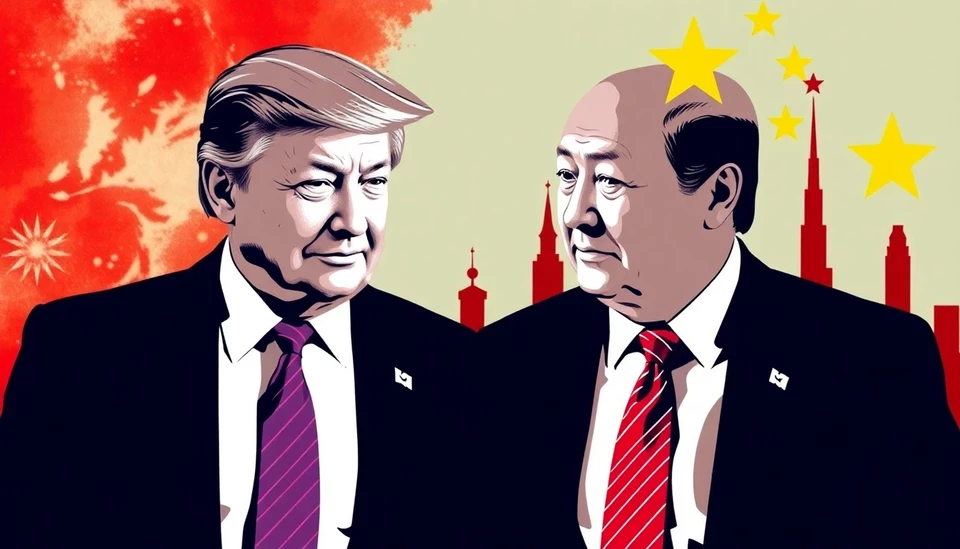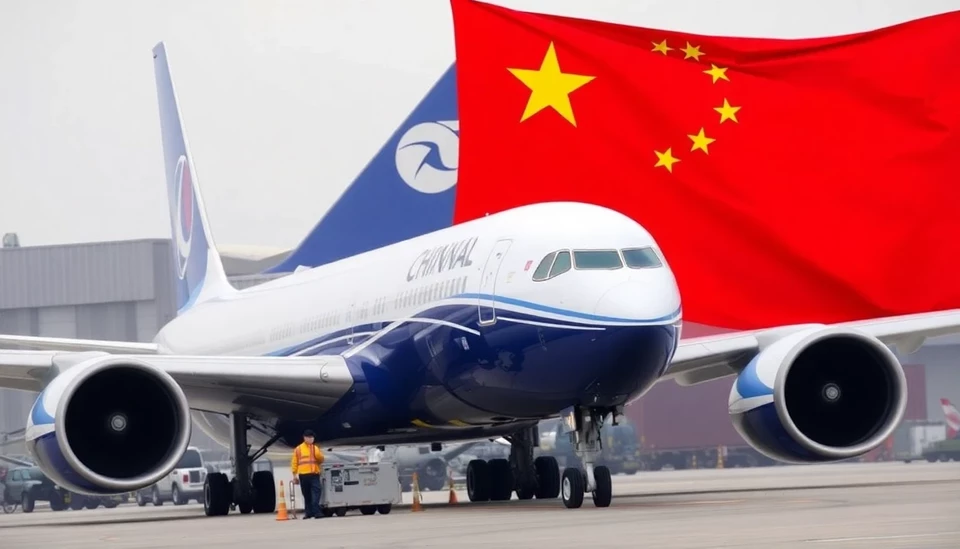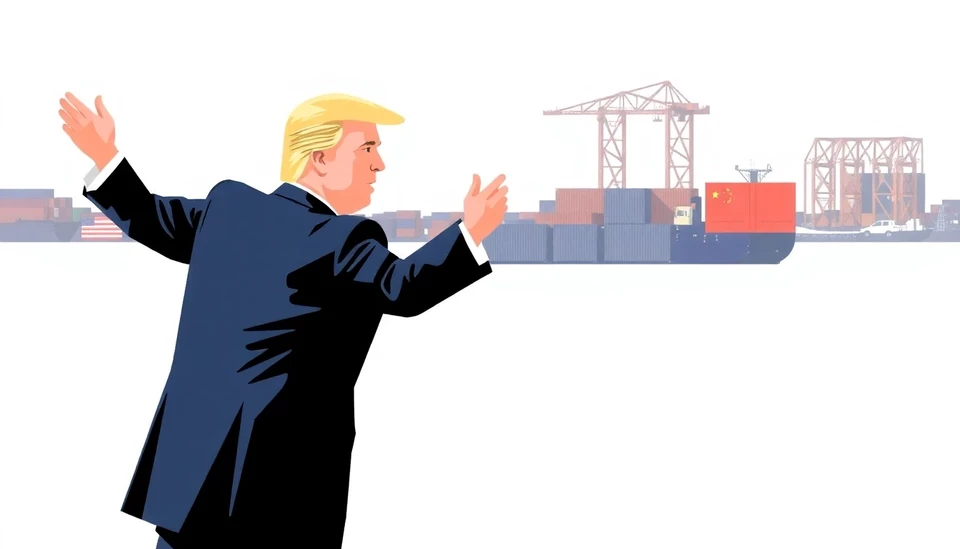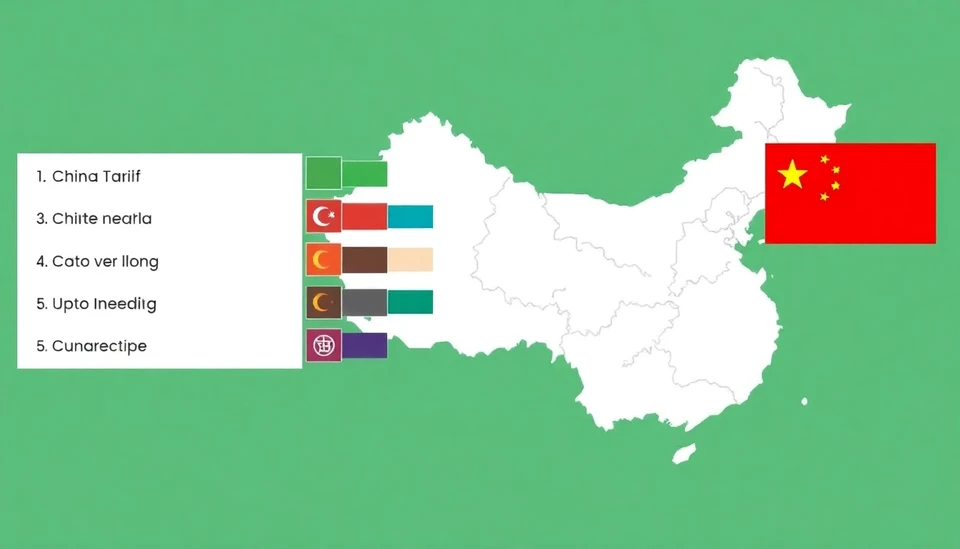
In a significant escalation of ongoing trade tensions, China has unveiled a comprehensive list of U.S. goods that will be subjected to increased tariffs. This development is part of a broader strategy aimed at countering U.S. trade policies and tariffs imposed on Chinese imports, which have strained the economic relationship between the two global powerhouses.
The list reveals a diverse array of products, encompassing sectors ranging from agriculture to healthcare. Among the items targeted are high-value goods, including agricultural products like soybeans and corn, which are critical to the U.S. economy. Additionally, sectors such as aviation and technology, including large machinery and electronics, have found their way onto the list, reflecting China's intention to hit key U.S. industries.
The announcement comes amidst ongoing negotiations to de-escalate the trade war, which has persisted since 2018. Economists highlight that these tariffs could further complicate the already fragile global supply chains that many companies rely upon. As companies scramble to adjust their sourcing and pricing strategies, the repercussions on prices for consumers could be significant, leading to heightened inflationary pressures.
China's move is seen as a response to the Biden administration's continued tough stance on trade matters, which includes sanctions on Chinese tech companies, and ongoing concerns regarding intellectual property theft. By targeting these specific U.S. goods, China aims to exert economic pressure while simultaneously showcasing its resolve against what it perceives as aggressive U.S. trade policies.
Experts predict that the escalation of tariffs may lead to retaliatory measures from the U.S., potentially resulting in a tit-for-tat exchange that could exacerbate uncertainties within international markets. Political analysts are closely monitoring the developments, as the trade conflict also intertwines with other geopolitical issues, including human rights and regional security in Asia.
The pain inflicted by these tariffs is expected to be felt across various industries, particularly in rural areas where many agricultural exports reside. As farmers and producers brace for the impact, questions arise about the Biden administration’s next steps, along with the potential for diplomatic engagements to resolve the festering trade dispute.
The complexity of the situation implores businesses to rethink their operational strategies, assessing not just the immediate impact but also long-term implications of the tariff landscape as it continues to evolve.
In light of these developments, the calls for renewed trade negotiations or alternative solutions to circumvent economic fallout are growing louder. Industry leaders, labor organizers, and policymakers are all weighing in, anxious to find a path forward that minimizes disruption while addressing the underlying issues at play.
As we move forward in 2025, the world watches closely to see how this trade saga unfolds, aware that the decisions made today will reverberate across global economies.
#ChinaTariffs #TradeWar #USEconomy #GlobalTrade #Agriculture #Technology #BidenAdministration #EconomicImpact
Author: Daniel Foster
